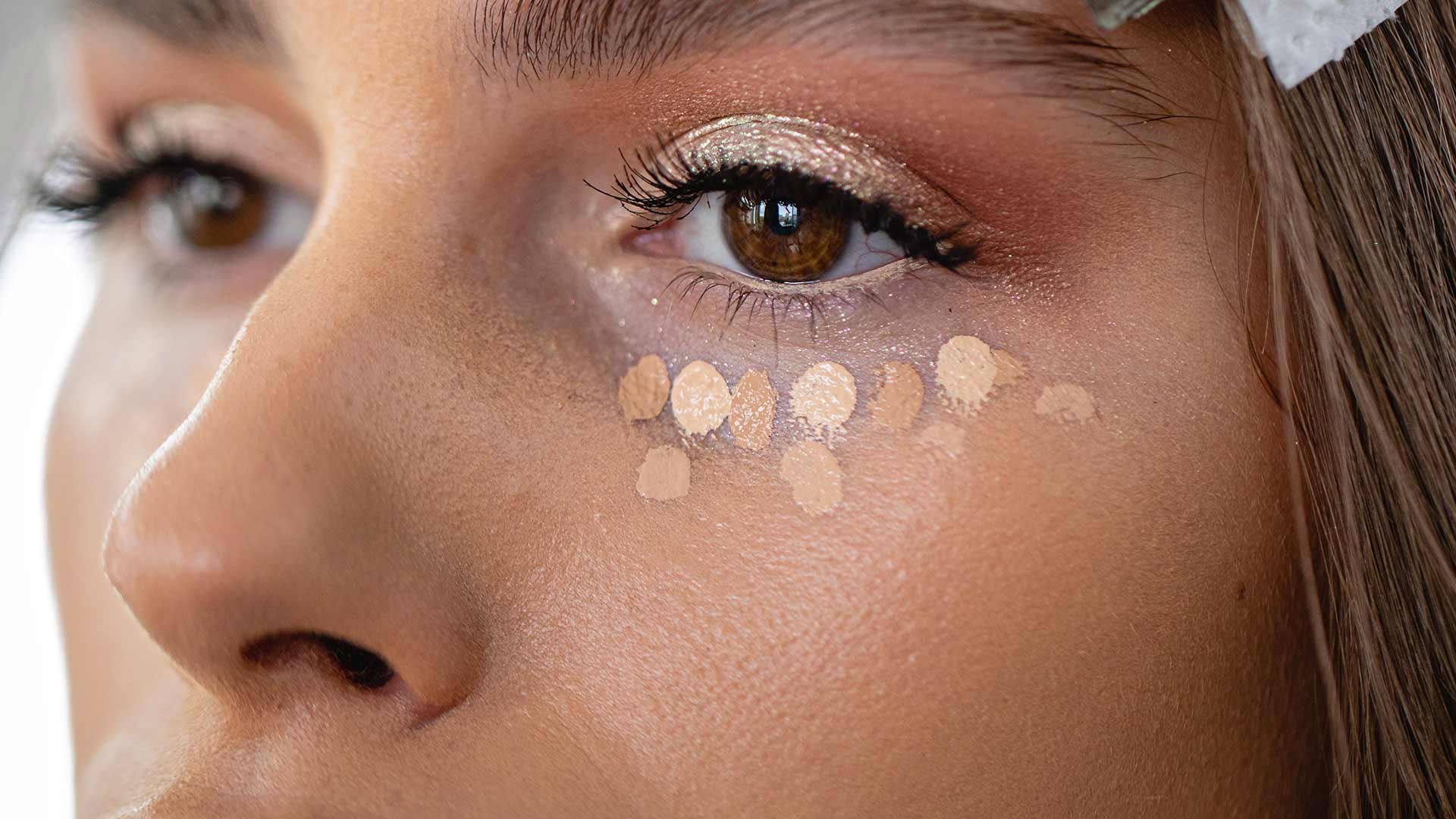
FOUNDATION OR CONCEALER FIRST SKIN
This is not only gentler on the skin due to the lack of tugging, but it lets the product remain where you applied it, instead of dragging it around. When the fluffy bristles of your foundation brush turn into tan, hay-like spikes thanks to all the product covering them, is when you need to realise that that brush is going to leave streaks on the skin and make a mess of the look.īlending by dragging instead of patting the product in with a spongeīouncing the sponge off the skin works way better than wiping because the dragging motion of wiping removes coverage. Using an old foundation brush with dried-up product in it So your makeup is less likely to break down. This not only prevents you from overdoing your base makeup, but also improves longevity, as each layer is given time to set before the next one is applied. This will prevent it from showing.Īpplying a thick layer instead of building layers up graduallyĪpply thin layers of product and build them up as per your needs, instead of applying one thick, uniform sheet of cakey makeup. So, use a skin-tone shade or a shade which is a hair darker, and let it sit on your skin for a bit before blending. Using a concealer that matches your skin tone exactly, or is a shade warmer than your skin tone, will make it inconspicuous. It will highlight bumps instead of making them less noticeable. You cannot use the shade of concealer you use under the eyes, on your acne. Using a lighter shade of concealer to cover blemishes and acne So, when you blend out the concealer, the place where you applied it does not lose all the coverage, and is in fact, well-concealed. The longer they sit on the skin, the more they set, causing more pigment to be deposited on the skin. This goes for most creamy liquid concealers. We have discussed the importance of letting concealer sit on the skin for a bit before blending it. This way, you can also see which areas the foundation didn’t cover, and know where concealer is even needed! Blending concealer immediately after applying it Instead, conceal after applying foundation. Why is this happening? Well, because when you’re blending the foundation, the concealer under it is also being moved. All the blemishes are becoming visible again. Now, you’ve applied foundation all over, including those spots, and are blending. Picture this: you applied concealer carefully on your blemishes before applying foundation. Much like in the case of paint primer, face primer also gives your foundation a tacky base to adhere to, thereby extending its lasting power. The second reason to use it has to do with longevity. Primer fills out pores and uneven areas to create an even surface. First, you need one because you need to make your base even in order to get a smooth finish. We need to use primer for several reasons.

If it’s still sitting on your skin, your foundation will go on patchy and come off easily. Do not apply moisturiser right before applying foundation, as the moisturiser needs time to get absorbed. Not only that but ten minutes before beginning your makeup, apply moisturiser and massage it into your skin so that it is completely absorbed.

So, you need to gently exfoliate skin regularly, but not later than three or four hours prior to applying foundation. It will look uneven and messy no matter how full-coverage it is, because foundation can’t hide crusty skin! What happens if you paint a wall which has bits of peeling paint, exposed brick, and dust on it? How will the finished surface look? The same is true for the foundation you put on build up-filled, grimy, flaky skin. Not exfoliating and moisturising skin beforehand Putting too much product on the outer perimeter of the face or on the nose.Blending by dragging instead of patting the product in with a sponge.Using an old foundation brush with dried-up product in it.Applying a thick layer instead of building layers up gradually.Using a lighter shade of concealer to cover blemishes and acne.Blending concealer immediately after applying it.



 0 kommentar(er)
0 kommentar(er)
